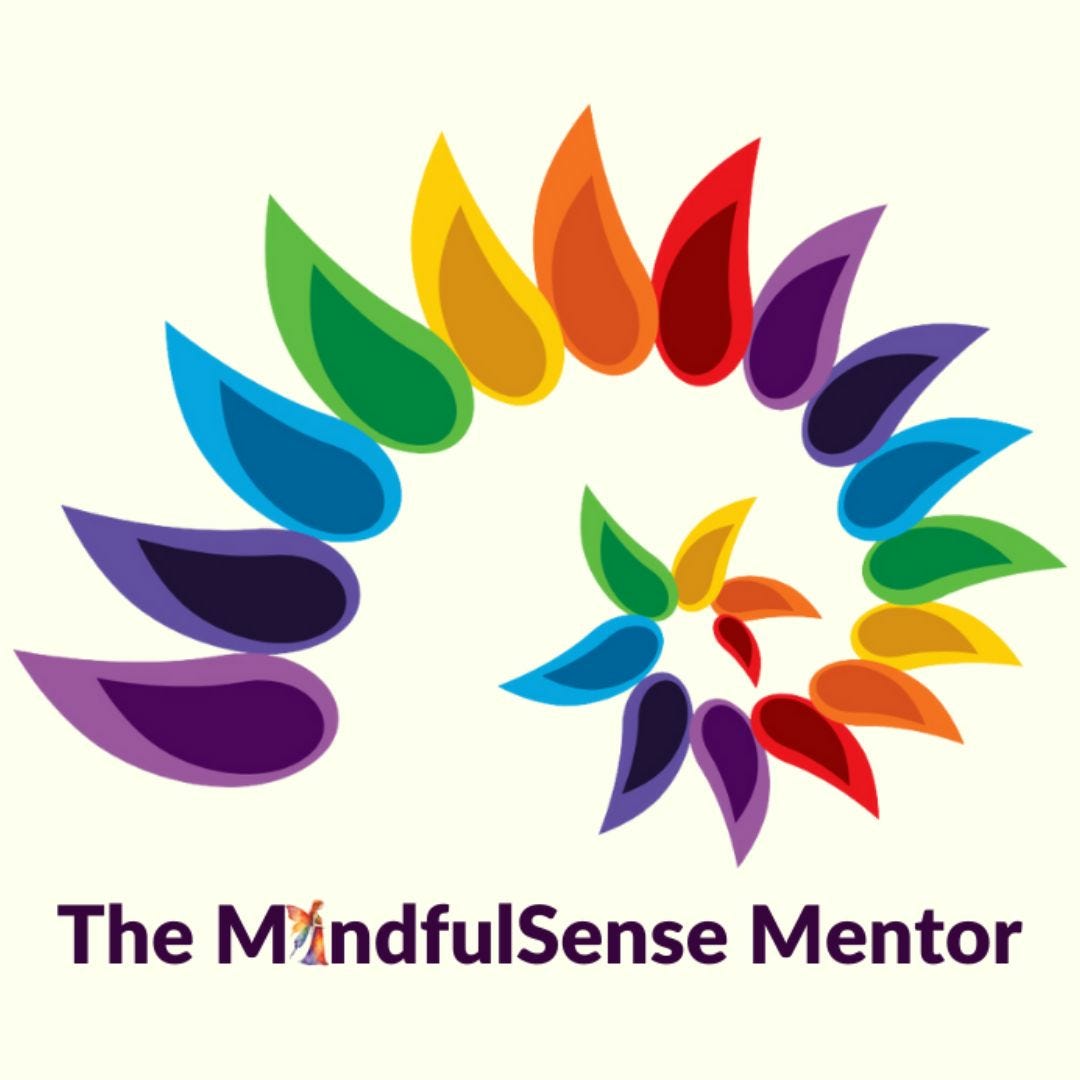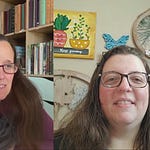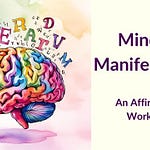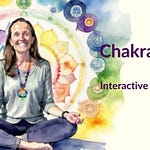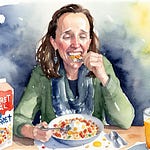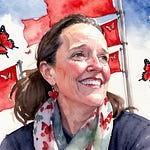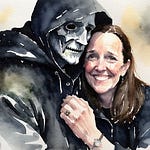Jeannie’s 12-year-old daughter stood beside her, speaking about her ten surgeries and the rare craniofacial condition she lives with. She’s also autistic. As she named her pain out loud, my own body responded with that familiar tug—deep in the belly, where an umbilical cord never attached. That ache. That ache of not being able to fix it, only hold it.
This was a conversation about motherhood.
Jeannie and I hold different experiences. She has five children. I have none. Yet somewhere in the folds of that absence, I’ve always known I’m a mother. I’ve mothered students, clients, broken teenagers who showed up in bloody pajamas at my classroom door.
And Jeannie saw that. She invited me to write on her Substack for Mother’s Day, which opened the door for this whole conversation.
We wandered into metaphor quickly. The womb as a cave—dark, echoing, and holy. Jeannie described it as a space that doesn’t always need to be filled. A space that listens. A sacred site of grief, silence, safety, and surrender. I echoed her metaphor—how a womb or a cave reflects your own voice back at you. And how true mothering, at its core, might be just that: the practice of hearing someone into being.
I shared a memory of my own mother, an extreme introvert who never told me what to do—but never told me how she felt either. A mother who, when I was young, always reflected my own voice back to me. And then one day, after her hysterectomy—after her mother had just died and her own uterus was removed—she woke up from anesthesia, looked at me wide-eyed, and said, “You’re never fully grown up until both your parents are dead.” Then she rolled over and went back to sleep.
And Jeannie, too, has a hysterectomy story. For her, it came after years of pain, pelvic infections, fertility treatments, and five births—one just before the world shut down for COVID. Her body told her: enough. And after her uterus was removed, she finally felt like a mother. Present, emotionally available, aware of her own needs, and fully capable of responding to each of her children with attunement.
We spoke of how no mother can be everything. To meet all the physical, emotional, and spiritual needs of everyone around you, while also tending to your own? Impossible. That’s why we have stages: maiden, matron, crone. Maybe the reason we feel so hollow at midlife is because our culture teaches us that after fertility, we’re used up.
The fairy tales where the stepmother is always wicked. The crone always ugly. Nicole Graves Lipson’s book, Mothers and Other Fictional Characters, highlights how society paints aging women as shriveled villains. And yet, we are starting to tell different stories. Stories of power in pause. Beauty in reflection. Strength in slowness.
Jeannie’s mom taught her that motherhood was the ultimate calling for a woman. Jeannie’s dad taught her she could be more. In my case, it was my mom who gave me fierce independence—because she wasn’t allowed to have it herself.
The feminine shows up in all of us, regardless of biology. And the most healing thing we can do might be to share the truth of our lived stories: the raw, imperfect, sometimes contradictory realities of mothering, aging, and becoming.
We ended with that quiet, aching truth:
You don’t have to give birth to be a mother.
You don’t have to be perfect to be real.
And the voices of women—especially those moving into the stage of eldership—are rising. Unapologetic. Unshaved. Unashamed. Our stories are shifting the canon. The crone is not a villain. She is a library. She is the medicine.
She is the echo in the cave that teaches us how to listen.





